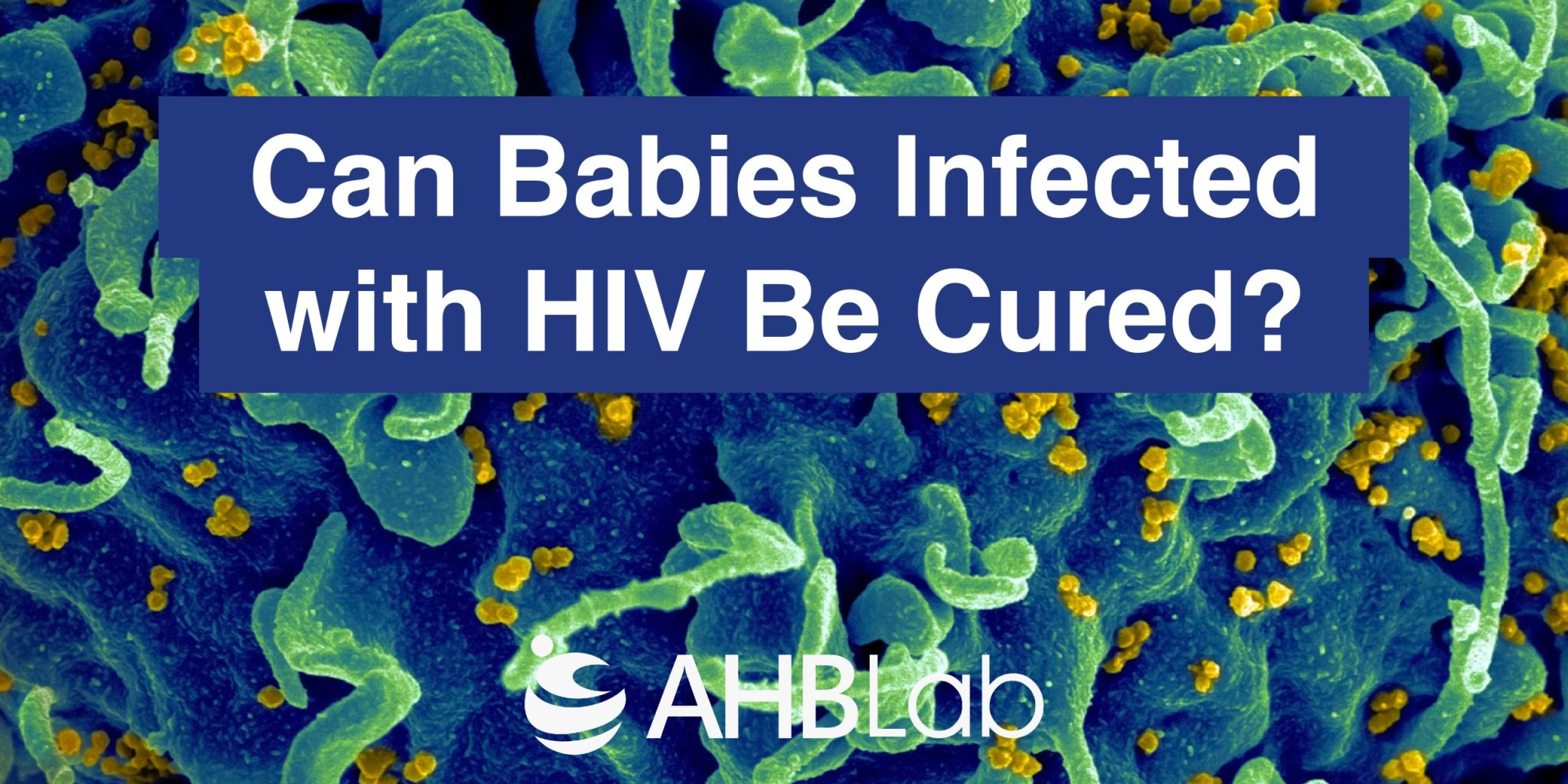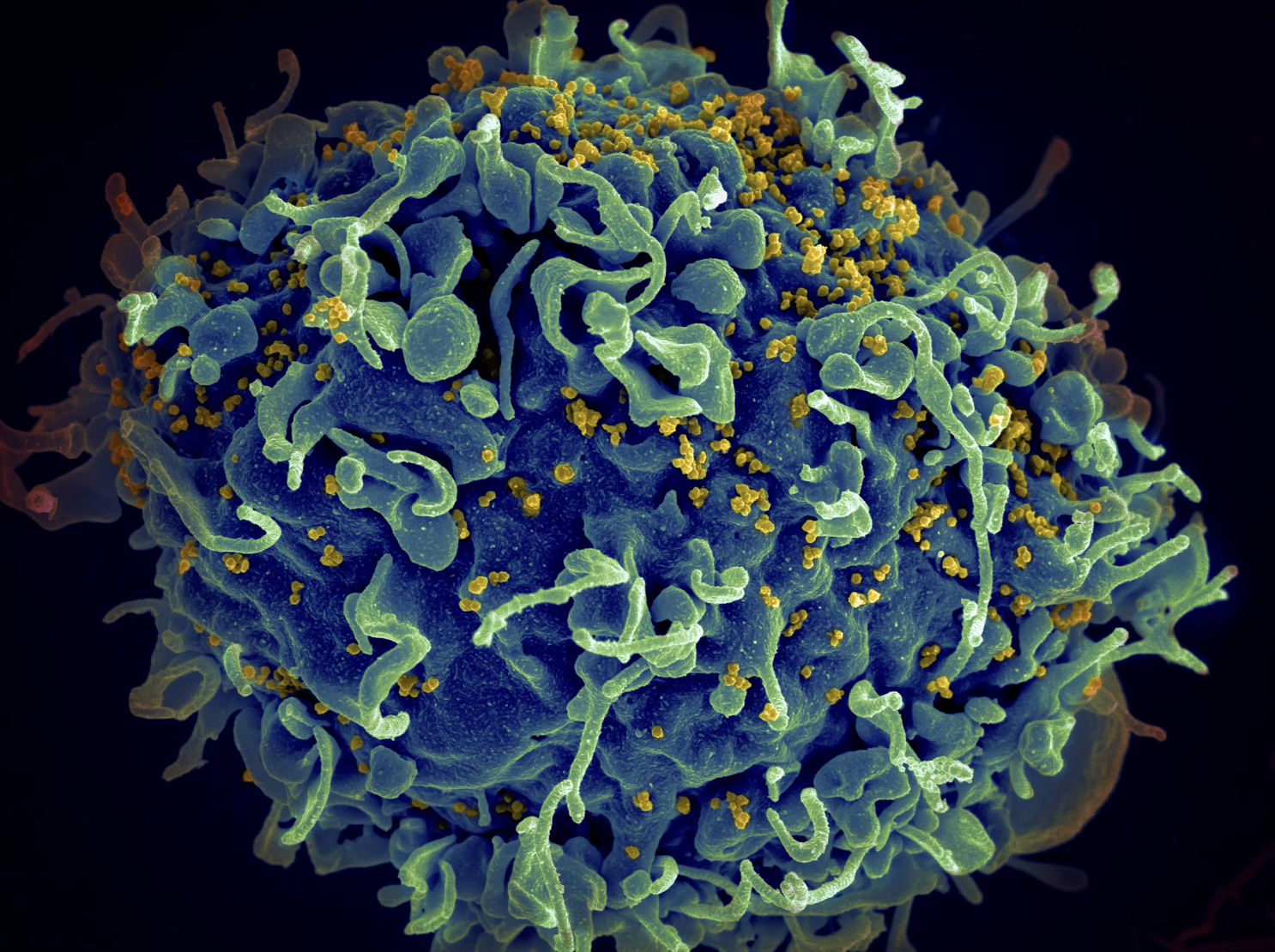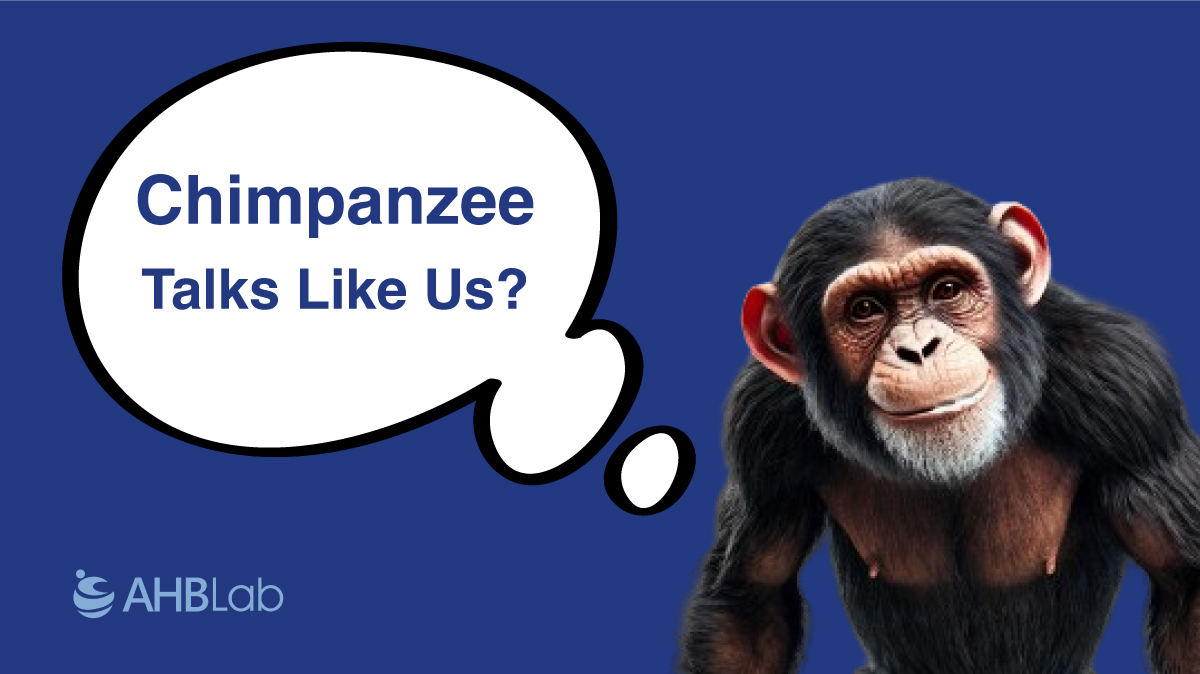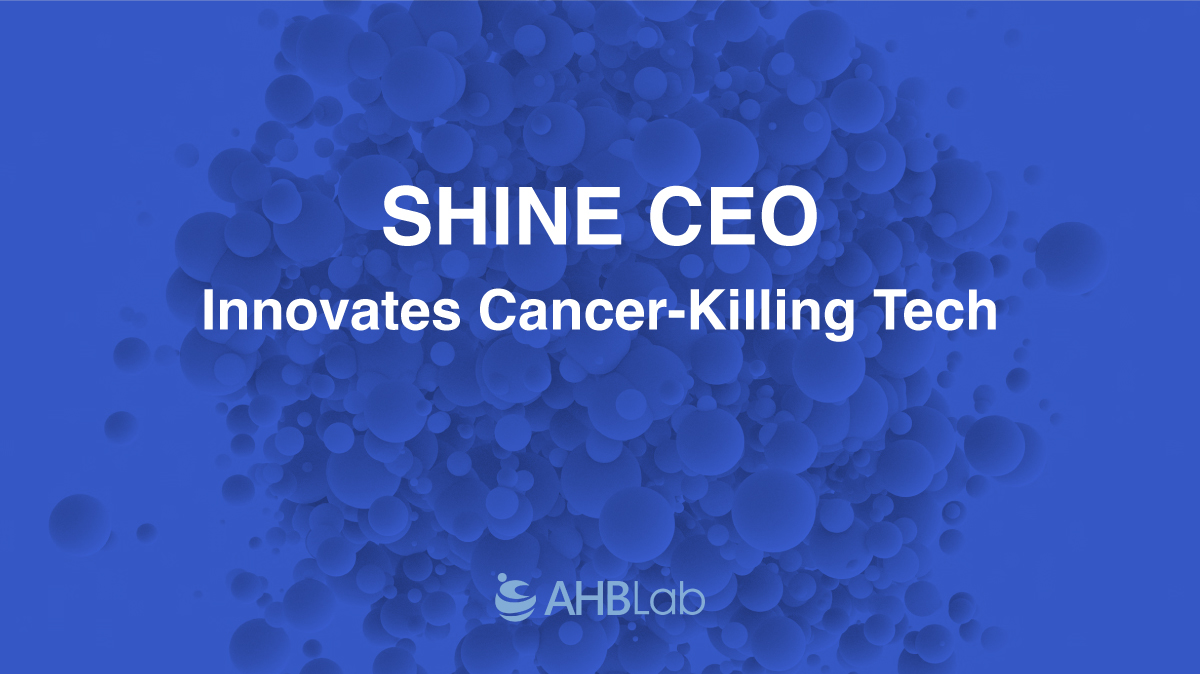The Unprecedented Case of the Mississippi Baby: A Beacon of Hope in the Fight Against HIV
Over a decade has passed since the medical community was captivated by the case of the “Mississippi baby,” a newborn who tested positive for HIV shortly after birth. In an unprecedented move, the baby was administered antiretroviral treatment (ART) almost immediately—a mere 31 hours post-delivery. This early intervention was not the standard practice at the time but emerged from a critical decision to combat the virus head-on. As the baby approached her second birthday, a surprising and hopeful discovery was made. Despite having been off the drugs for several months, no trace of the virus could be detected using standard diagnostic tests. This remarkable development not only challenged the prevailing notions about HIV treatment but also ignited a wave of optimism about the potential for curing HIV. The case of the Mississippi baby stood as a poignant reminder of the possibilities that lie within the realm of medical science, sparking a renewed determination to explore innovative strategies in the fight against this relentless virus.
Building on Hope: The Journey From One Mississippi Baby to a Broader Insight
Following the widespread attention garnered by the Mississippi baby, Deborah Persaud, a pediatrician at the Johns Hopkins Children’s Center, and her team embarked on a mission to understand whether this remarkable outcome could be replicated. Their research led them to monitor 54 infants from 11 different countries, all of whom began receiving standard anti-HIV drugs within the critical 48-hour window following their birth. Among these, six children, residing in sub-Saharan African countries, exhibited exceptionally favorable responses to the treatment. They showed no detectable virus for periods extending over four years, a milestone that was achieved through rigorous and consistent medication regimens. After thorough consultation with physicians, and with the consent of the children’s parents or guardians, a bold decision was made: the drugs were discontinued. This step was not taken lightly, as the conventional wisdom suggested that halting ART would lead to an immediate resurgence of the virus. Yet, in a turn of events that mirrored the Mississippi baby’s story, four of these children continued to live in a state of remission—without detectable virus—for at least 48 weeks, and in one case, up to 80 weeks. These findings, while not claiming a cure, added significant weight to the hypothesis that early ART could indeed alter the course of HIV in newborns, offering a beacon of hope where once there was resignation.
The Broader Implications: Understanding and Combating HIV
The recent findings presented at the Conference on Retroviruses and Opportunistic Infections (CROI) suggest that immediate ART for newborns could be a viable strategy to combat HIV. Studying these cases closely may provide insights into cure strategies not just for babies but for older children and adults as well.
The Challenge of HIV in Newborns
Despite the decline in mother-to-child transmission rates due to ART, approximately 130,000 babies were born with HIV in 2023. The cases of the Mississippi baby and others underline the potential for early treatment to induce long-term remission, if not a cure.
The Mystery of HIV Remission
The phenomenon where treated individuals show no signs of active infection raises critical questions about the nature of HIV and the potential for controlling, if not eradicating, the virus from the human body.
The Path to Remission and the Role of ART
Early treatment appears to shrink the viral reservoirs, potentially allowing the immune system to control or eliminate the virus over time. The recent study’s outcomes, showing prolonged remission in several children after stopping ART, provide a “proof of concept” that the strategy used in the Mississippi baby case could be replicated.
Looking Ahead: The Future of HIV Treatment
With advancements in ART and ongoing research, there’s hope that more effective treatments and strategies for inducing remission in HIV-infected individuals will emerge. The ongoing study of children who can maintain remission without ART could pave the way for new approaches to HIV management and treatment.
Conclusion: A Step Toward Understanding and Managing HIV
While not definitive cures, the cases of prolonged remission in HIV-infected babies treated immediately after birth offer cautious optimism. They represent a significant step toward understanding HIV’s complexities and developing strategies that might one day lead to a cure. The journey is far from over, but the progress made provides valuable insights and hope for the future of HIV treatment.
This article explores the recent developments in HIV treatment for newborns, highlighting the cautious optimism sparked by new studies and the potential for early antiretroviral treatment to induce long-term remission. Through a detailed examination of the “Mississippi baby” case and subsequent findings, it delves into the implications of these discoveries for the broader fight against HIV/AIDS, emphasizing the importance of early intervention and the need for ongoing research.
As a leading peptide manufacturer, AHB Lab is committed to staying at the cutting edge of biotechnology and scientific discovery. While our focus is on the synthesis and exploration of peptides, we recognize the importance of keeping our community informed about significant developments across the broader scientific landscape. Our reporting on recent studies, such as the new findings regarding HIV treatment in newborns, reflects our dedication to fostering a well-informed and health-conscious society. It’s important to note that our peptides and manufacturing processes are not directly related to HIV research or treatments. However, our commitment to excellence and innovation in peptide production positions us as a valuable resource for those seeking the highest quality products and information in the field of biotechnology. Join AHB Lab as we continue to contribute to the advancement of science and health, maintaining our role as a trusted leader in the peptide manufacturing industry.






